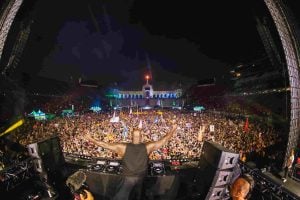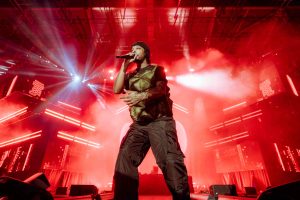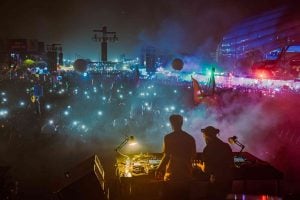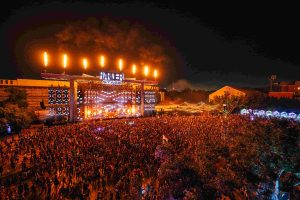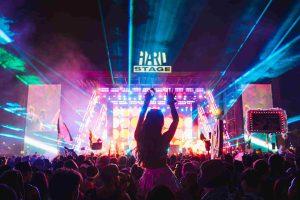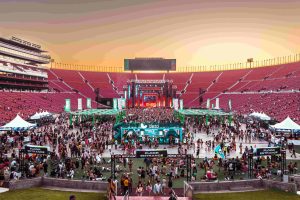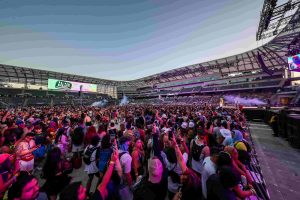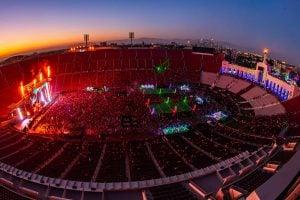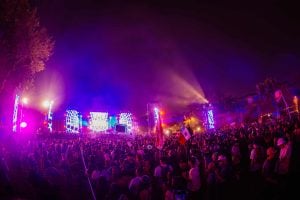![HARD Summer makes a successful return to Los Angeles for its 15th edition [Review] HARD Summer makes a successful return to Los Angeles for its 15th edition [Review]](https://weraveyou.com/wp-content/uploads/2023/08/Jamal-Eid-for-HARD-Summer-scaled.jpeg)
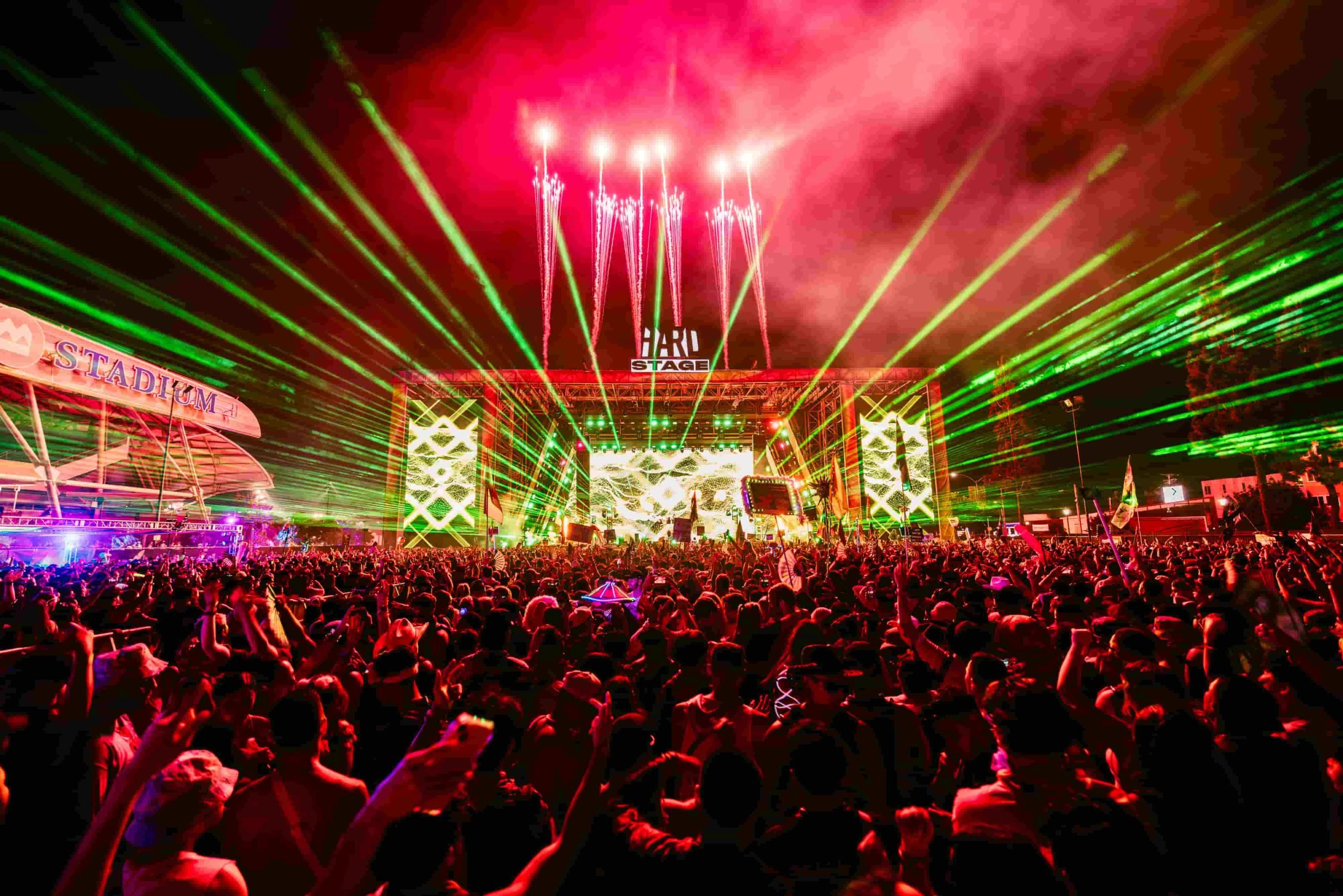
HARD Summer makes a successful return to Los Angeles for its 15th edition [Review]
Insomniac’s HARD Summer made its grand return back to the city of Los Angeles after spending the majority of the last 10 years in the Inland Empire. Overall, HARD Summer 2023 stayed true to its brand, treating festival attendees with amazing artists, stage production and a massive festival footprint.
After a decade apart from its origins, HARD Summer 2023 marked a historic homecoming to the City of Angels this past weekend. The festival’s previous appearance in LA was in 2013, set against the vibrant backdrop of Los Angeles State Historic Park. Moving forward, HARD Summer saw a string of venue changes which include the Whittier Narrows Recreation Area in El Monte (2014), the Fairplex in Pomona (2015), the Fontana Auto Club Speedway (2016), Glen Helen Amphitheater in San Bernardino (2017) and more recently the NOS Events Center in San Bernardino (2021).
Anticipation for LA to host another massive electronic music festival has been at an all-time high when Insomniac recently began to host a wide variety of events at Exposition Park such as Kaskade and deadmau5’s headlining performance at the Los Angeles Memorial Coliseum, SVDDEN DEATH‘s show at The Torch just adjacent to the Coliseum and a smaller festival footprint at Exposition Park with Skyline Festival. Now, spanning the expansive grounds of Exposition Park, the Coliseum and BMO Stadium, HARD Summer ensured its victorious return to its hometown was not only grand but widely acknowledged. Let’s take a deeper dive into the successes of the festival’s sold-out 15th anniversary.
View this post on Instagram
The Artists
HARD has always been known to have, well, HARD lineups. It’s an amazing representation of returning artists, well-established artists and up-and-coming artists from different subgenres within the dance music scene, although mainly from the bass music scene. One can never really predict who will make the festival lineup, but you can for sure expect to see world-renowned talent such as Diplo, Dillon Francis, Skrillex, Boys Noize, Kayzo and Flosstradamus back at one of the stages to absolutely tear the decks up. You also have industry heavyweights such as Kaskade, Diesel, Deorro, John Summit, Black Coffee, Noizu, Yellow Claw and MK added into the mix to spice things up further. Rising artists such as ISOxo, Knock2, Blossom, FrostTop, ChaseWest and Kaivon also get the opportunity to shine in the limelight and make their presence known as they play their music in front of massive crowds. Unique back-to-back sets also took center stage as Kaskade b2b John Summit and Skrillex b2b Four Tet headlined and closed out the HARD Stage.
HARD is also one of the only (if not the only) Insomniac event(s) to have a representation of hip-hop artists, along with other genres incorporated into the lineup. 21 Savage and Kid Cudi were the main hip-hop headliners this year that closed out the Purple Stage. Ludacris and Fat Joe each brought the 2000s hits to the present as they performed their respective sets, triggering a sense of nostalgia amongst the masses. Even alternative artists such as Oliver Tree had an opportunity to reach new audiences as he performed on a stage with no real set genre in mind.
Stage Production
Unlike Nocturnal Wonderland, Beyond Wonderland, Dreamstate and EDC, HARD is not known to have a unique theme or a change of theme year after year. The festival’s production is more focused on amplifying the visual experience that accompanies the music played at each stage. The HARD Stage, which is considered the festival’s main stage, was massive with an abundance of LED screens, lasers, flood lights, pyrotechnics as well as fireworks. The HARDER stage also had all of these features, with the main difference being the way the LED panels and lights were lined up. The LED panels were set up to be more immersive since they curved inward and outward in order to surround the DJ performing. The Pink Stage, the smallest of all five stages, still had a good amount of lighting, LED walls and speakers to elevate each performance it was hosting.
View this post on Instagram
The Purple Stage, located inside the new-constructed BMO Stadium, was insanely massive. All of the LED walls were shaped into diamond-like structures that popped out, but were still located behind the DJ. The stadium’s enormous LED scoreboard was also used for navigational and promotional purposes. Since the stadium was somewhat enclosed, sound bleed from any of the other stages was close to nonexistent. The sound quality of the speakers at the Purple Stage was also pretty well-tuned to make sure sound was traveling directly toward the dance floor.
The stage that really stood out the most throughout the whole weekend has to be the massive Green Stage. The LED walls were configured into three separate squared-shaped structures that were different sizes around the DJ. The real action began at night when the lasers and pyro began to shoot off, causing the crowd to get even more hyped. Sound bleed was also not a major issue here since you can only hear what is being played inside the stadium (unless you’re in a tunnel making your way inside the structure). Something worth noting is that the Coliseum used to be home to EDC’s kineticFIELD back in 2010. For many in attendance who were there for EDC LA, being back at the Coliseum during a dance music festival was probably a surreal feeling like no other.
The Festival Grounds
As the masses made their way through the entrance, the iconic HARD art installation welcomed everyone for their first of many photo opportunities at the festival. As attendees began to move along the festival grounds, the very first stage they would encounter was the HARD stage, which took the whole entire area behind BMO Stadium and part of the Coliseum. Multiple narrow passageways to the left of the HARD Stage guided attendees toward the Purple Stage at BMO Stadium and the Green Stage at the Coliseum. Getting into both stages was pretty easy and both had plenty of space on the floor and an abundance of chairs to sit in. The Pink Stage was also a short walk away from both, making it ideal to catch back-to-back sets at the three stages. The most difficult stage to access was the HARDER stage hands down, especially if you were trying to walk toward it from either the Purple Stage or the HARD Stage.
When comparing the festival’s previous layouts at venues such as the NOS Events Center and the Fontana Auto Club Speedway, this edition was significantly larger than any other. The Fontana Speedway definitely allowed the festival’s stages to be more spread apart from one another, but the sizes of the stages when it was held there don’t compare at all to what was seen at this year’s edition.
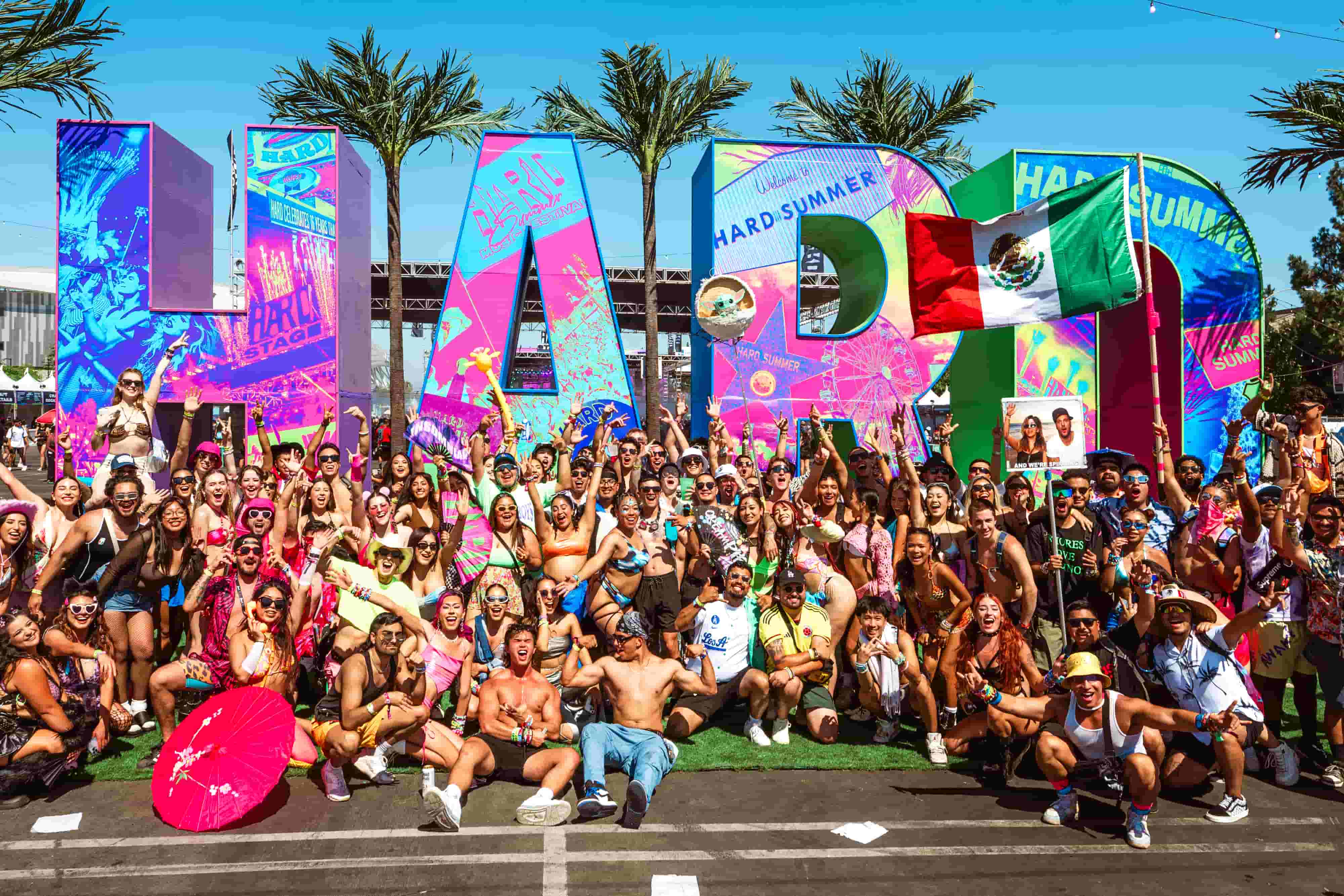
Final Thoughts
Given this was HARD’s first year at the venue, there are a couple of logistical concerns to point out that need some light shined on. The first is that there was only one main entrance for both GA and VIP. The entrance did not have as many gates as the NOS Center, causing enormous congestion during peak hours. Opening an additional entrance somewhere else along the venue could potentially help control congestion and make entering the venue a lot less of a hassle. Another concern is the small pathway that starts at the HARD stage that leads to the rest of the stages. Attendees posted about their negative experiences on social media when they were walking from stage to stage in the sea of people, with many going off the main pathway to find other alternatives such as through the bushes. Some even started regarding the pathway as the “walkway of death.” Finding a way to incorporate the closed-off side of the coliseum or integrate some other pathway to the festival footprint could help relieve congestion in the future, especially during set changes.
The VIP Section at the HARDER stage was also a let-down for many who tried to make their way inside the small, crowded area. The pool was smaller than in previous years and was packed with people. Something needs to be done to expand the area to ensure it could keep up with demand. After all, people did pay a premium to be in an elevated experience. Day 1 concerns such as limited water stations and the addition of an exit by the HARDER stage were heard by Insomniac and addressed for day 2. Insomniac CEO Pasquale Rotella also posted on his Instagram stating that they will use all the feedback given to them to address the issues and make improvements for next year. He also said that HARD will find a new venue in the future if making the necessary changes at Exposition Park is not possible.
Aside from the concerns listed above, HARD Summer 2023 was overall successful and did not disappoint as it came back home to Los Angeles. Hopefully, this was the first of many editions back in the City of Angels. Keep an eye out for updates as the countdown to HARD Summer 2024 has just begun.
View this post on Instagram
Main Image Credit: Jamal Eid for HARD Summer


- Arodes cover Interview
- Armin van Buuren: Breathing In [Exclusive Interview]
- Ibiza 2024: What To Expect
- Burak Yeter: A Day In Space [Exclusive]

